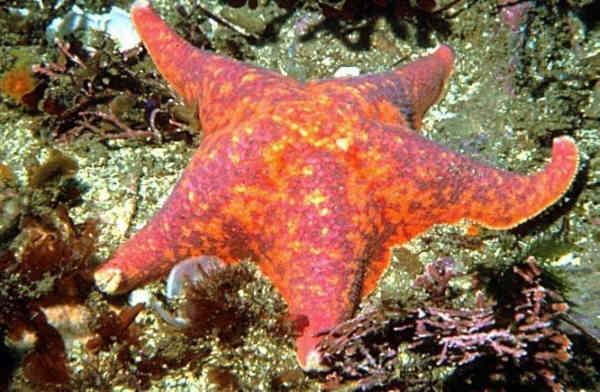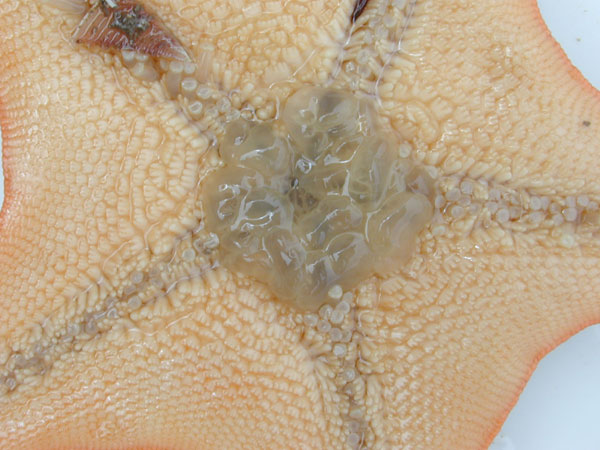The Northern Red Sea is surrounded by the world’s largest expanses of sand. It region of Eritrea is one of the country's six regions, lies along the northern three quarters of the Red Sea, and includes the Dahlak Archipelago and the coastal city of Massawa.
Photo: livetowander
The region borders the Anseba, Central and Southern regions to the west, and the Southern Red Sea region to the east. It has an area of around 27,800 km². The lowest point in Eritrea, Lake Kulul, is in this region.
The Red Sea is considered to be 1 of the 7 Wonders of the underwater world. This forms the basis of a marine eco-system which includes 1,100 species of fish, of which about 10% are endemic, the largest number of fish species in proportion to any other body of water in the world.
The Northern Red Sea has some of the richest coral in the world. In 1980, Dr. Clark wanted to make the Red Sea and its island a National Park. Ras Muhammad has sometimes called it an underwater “Garden of Eden.” The sun makes the Northern Red Sea turn different colors such as red, yellow, orange, and light green.
Photo: nationalgeographic.com
An amazing fish that lives on the in the water is the bright-red lionfish, it has a venomous dorsal spines, these fish usually swim near the bottom of the sea. They wait and trap fish in nooks and crannies.
Another creature that lives in the water is a beast they call “George” he is a Sea Monster, his head is in the shape of a beanbag chair. A humped head wrasse, he has cow lips, chameleon eyes and a body pattern in the form of an intricate green maze on a blue back round. In the red Sea there are over 1000 different kinds of tropical fish and 400 different types of coral. 30 million years ago the Red Sea was closed at its southern end and open on its northern end, it opened up into the Mediterranean Sea allowing Atlantic species to enter and breed there. About 10 million years later the earth shifted and closed the northern end and opened up the southern end. The Red Sea has fish and animals from both the Atlantic and Pacific Ocean.
The Red Sea is a fine choice for diving any time of year but the water temperatures do vary significantly. From June to August the water can reach 28°C but it falls to a chilly 20°C in February. Do plan to bring an appropriate exposure suit to suit the time of year. Therefore, you could find yourself on a coral garden atop a summit and the next a sheer wall could plunge thousands of feet into dark ocean depths. The Red Sea's abundance of marine life and depths of the reef are a thrill that many divers will tell you is unbeatable.
Sources: library.thinkquest.org, wikipedia.org, dive-the-world.com
Tuesday, June 9, 2009
Northern Red Sea - Underground Garden of Eden
Labels: Northern Red Sea, Underground Garden of Eden
Posted by ThanateTan at 8:17 AM 0 comments
Monday, June 1, 2009
Sea Star - The Wonderful Animal Underwater
Sea stars or "starfish" are not fish. They exhibit a superficially radial symmetry; typically have five "arms" which radiate from a central disk. However, the evolutionary ancestors of echinoderms are believed to have had bilateral symmetry. There are some 2,000 species of sea star living in all the world’s oceans, from tropical habitats to the cold seafloor.
Photo: NationalGeographic.com
Sea stars belong to a group of animals called echinoderms, which means "spiny skin." They are related to brittle stars, sea urchins, sea cucumbers, and sand dollars. Sea stars have five arms, or rays, connected to a small round body.
Sea stars detect light with five purple eyespots at the end of each arm. Beyond their distinctive shape, sea stars are famous for their ability to regenerate limbs, and in some cases, entire bodies. They accomplish this by housing most or all of their vital organs in their arms. Some require the central body to be intact to regenerate, but a few species can grow an entirely new sea star just from a portion of a severed limb. The bright orange dot in the center of the body is called the madreporite. This organ pumps water into the sea star's body. This pumping action creates suction at the end of hundreds of tube feet, located in paired rows on the underside of the arms. They do exhibit some superficial remnant of this body structure, evident in their larval pluteus forms.
They wrap their bodies around quahogs and other bivalves, using the suction from their tube feet to pull shells apart. When the prey is opened, the sea star pushes its stomach out of its body and into the bivalve, secreting enzymes that digest the prey's soft body tissues. The liquefied bivalve is then absorbed into the stomach. Sea stars feed often, and their size depends on the amount of food they eat, not on their age.
Photo: msnucleus.org
Sea stars do not rely on a jointed, movable skeleton for support and locomotion, but instead possess a hydraulic water vascular system that aids in locomotion. The water vascular system has many projections called tube feet on the ventral face of the sea star's arms which function in locomotion and aid with feeding. Sea stars usually hunt for shelled animals such as oysters and clams. They have two stomachs. One stomach is used for digestion, and the second stomach can be extended outward to engulf and digest prey. This feature allows the sea star to hunt prey that is much larger than its mouth would otherwise allow. Sea stars are able to regenerate lost arms.
A new sea star may be regenerated from a single arm attached to a portion of the central disk. Sea stars are eaten by bottom-dwelling fish and crabs, as well as by sea gulls when low tides leave the sea stars exposed. Regeneration will occur as long as one fifth of the sea star's body remains intact. Sea stars breed in the spring, producing as many as 2,500,000 eggs. Females will feel plump and spongy when their arms are filled with eggs.
Sea star digestion is carried out in two stomachs in the mouth: the cardiac stomach and the pyloric stomach. The cardiac stomach is a sack like stomach located at the center of the body and may be everted out of the organism's body to engulf and digest food. Some species are able to use their water vascular systems to force open the shells of bivalve mollusks such as clams and mussels by injecting their stomachs into the shells.
Photo: marinebio.net
With the stomach inserted inside the shell, the sea star is able to digest the mollusk in place. Most sea stars also have the remarkable ability to consume prey outside their bodies. Using tiny, suction-cupped tube feet, they pry open clams or oysters, and their sack-like cardiac stomach emerges from their mouth and oozes inside the shell. The stomach then envelops the prey to digest it, and finally withdraws back into the body.
Sources: edc.uri.edu, nationalgeographic.com, wikipedia.org
Labels: Sea Star, spiny skin, Starfish
Posted by ThanateTan at 8:11 AM 0 comments

